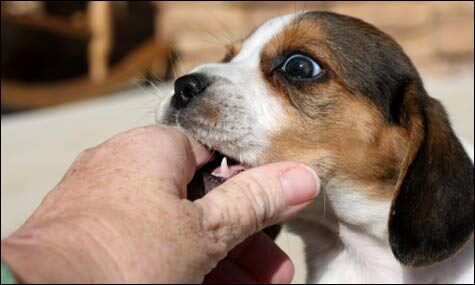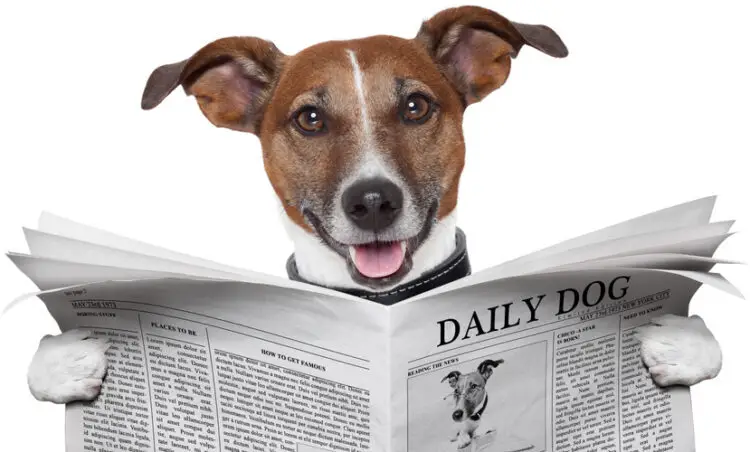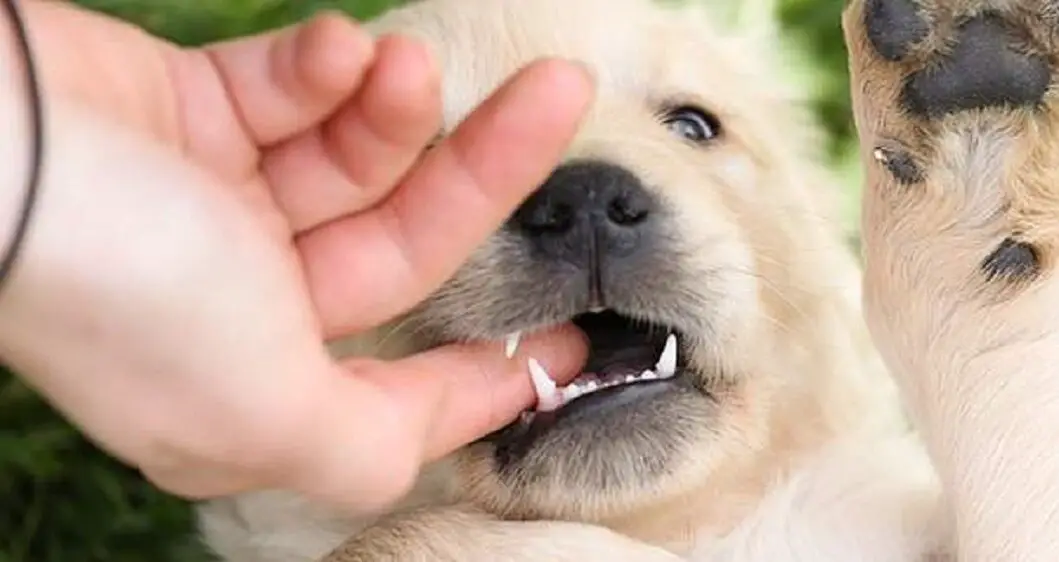My puppy wont stop biting me i’ve tried everything.
Biting is, of course, just dog behaviour. After all, a dog cannot grasp anything with its paws, so it does that with its beak. Also, when playing, a dog uses its jaws by biting another dog’s coat. A puppy can bite into the fur of his playmate so that he can get carried away thoroughly, provided the other dog does not intervene.
But not only other dogs are fun play objects, but we humans are also for puppies! For such an energetic young puppy, it is beautiful to hang on a leg, long coat or sleeve.
And it will be absolutely fantastic if he can do his own thing on his own initiative. Do you sputter? Beautiful, then the game becomes even more interesting for your puppy! “Maybe if I add some strength by growling ?!” your pup seems to think then.
As a puppy owner, this biting behaviour of your puppy sometimes drives you to despair, and you may get the thoughts that your puppy is “already false”! I can reassure you. In 99.9% of the cases, it really isn’t.
Here are 5 things you can do to get your puppy to stop biting

When your pup bites, you immediately stop playing
If your dog bites too hard, say “Ouch!” Loud enough to surprise him (don’t start screaming) and immediately stop all play activities. Turn your back to him and refuse to continue playing. He should be standing in front of you to see what’s wrong. Then you say “Bad dog – don’t bite” in a measured tone. Do this every time he bites until he gets the idea that is biting means no more fun.
Replace your meat with a toy
When you have re-recorded the play, and your pup is trying to bite you again, try replacing your hand or arm (or any part of the body being bitten) with a toy. Teach your dog that you are not the toy. Place a toy between you and those razor-sharp teeth!
Replace the tap on the nose
On the intention that the dog wants to bite (so you feel his teeth), say “don’t bite.” Then time your dog out for two minutes (this can be a crate WITHOUT toys, an area where he will get bored). The dog is “put in the corner” in a healthy way for 2 minutes. If the dog is calm after 2 minutes, take it out, and it is as sweet a dog as ever. He has served his sentence.
The dog immediately starts biting again -> say “don’t bite” and give your dog a timeout of two minutes back. After a few times, the dog will begin to associate with biting and the timeout. Because a dog is a social animal and likes to be among people/owners, the behaviour will be noticeably reduced within two weeks.
The trick is to persist consistently! Even if this means a time out 100 times. But you never hit your dog, and your dog doesn’t have to be afraid of your hands or your index finger! You did it in a respectful way.
Do not encourage biting or nibbling

Don’t let your kids play chase games – that will make your dog think the kids are prey. Please don’t play games where you wave your hand in front of the dog and encourage it to jump or bite.
Don’t play a string with your dog. Not only does it encourage him to think you are equals, but it can also promote biting when you use a rope toy, for example. He will try to bite your hand so that you lose your grip on the toy.
Play search and bring games, but make sure your dog knows the “drop” or “release” command, so you don’t have to fight over the toy.
Be consistent
Stop biting once it starts and be consistent with your punishment. Please don’t allow your dog to bite you one day, to punish him the same day for the same behaviour. Dogs don’t understand “Sometimes it’s okay” or “Maybe it’s okay if you don’t bite too hard, and I’m in a good mood.” They understand “Never do that” and “No more sweets if you do that”. So don’t confuse your dog.
Some basic tips

Anyway, it remains annoying that biting. Sometimes your puppy will bite until bleeding. Should you find that normal ?! I have a few tips for dealing with the biting behaviour in an educational way. By understanding and coping with the biting behaviour in this way, you will see that you can quickly feel safe again with your own pup.
Tip 1
Stay calm and balanced. Do not scream, run, hit, kick, but stay in control and feel that you are above the behaviour of your puppy. With the latter, I mean your inner radiance; it must be sure and calm. A puppy (but also an adult dog) are sensitive to your appearance; it is something they understand much better than our spoken language.
Tip 2
From the first moment your pup is with you, ignore any initiative from your dog. If you learn from the beginning that something will only happen if you have taken the action, it is precious.
Extend this into everything! When you come down in the morning you take the initiative to tighten and welcome him; you take the action to stop that ritual, you accept the effort to feed him, you take the initiative to go for a walk or to play etc.
At the same time, this means that you do not tighten your pup when it bumps into you, you do not play when it arrives with the ball (five minutes later is fine if it happens on your initiative), you do nothing if it bit your trouser leg but walk on and pretend it’s not there.
Tip 3
Make sure you give your puppy enough rest. A puppy still needs a lot of sleep and can show annoying biting behaviour due to fatigue. Keep an eye on your puppy and find out what his daily rhythm is. You will quickly notice what his “crazy five minutes” or “bite attack times” are. Be ahead of this and give your pup a rest by letting him go comfortably in his crate or basket and then give him rest with a nice bone or his hug.
Tip 4
You can get very far by ignoring, but sometimes it is necessary to give a short snap. Take the adult dog from my example in whose coat the puppy has bitten and can be dragged along wholly. One adult dog will never intervene, but the other dog will be fed up at some point and will make a short lunge to the puppy.
He does this by first warning and pulling his lip up, but if this is insufficient, he once briefly gasps at the puppy. He doesn’t bite, but he warns.
You can imitate this as a person. Please note, the adult dog remains calm but corrects short and precise. Then he ignores the puppy again and continues what he was doing. We can warn by using “uh, uh, uh” for example. If that does not help, grab your pup briefly on his neck, let go immediately (so do not shake back and forth and shout at him at the same time) and continue what you were doing.

